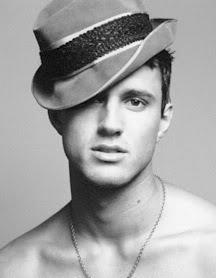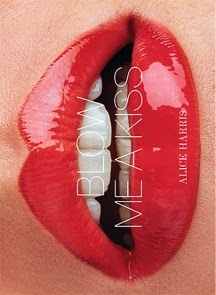


 For slightly more than a decade–from the late '20s until the late '30s–screen actor Gary Cooper was the handsomest man in the world. He simply had no peer. At 6'3" he towered over leading ladies, many of whom used his height to their advantage: leaning into him, they could rest beautiful faces against his chest and appear sexy and sweet at the same time. Atop this well-built frame was a face with heroic bone structure that looked boyish, rugged or Art Deco sleek by turns. It probably stopped women in their tracks in Helena, Montana (Cooper's hometown) but, more importantly, it was a face made for the lights, cameras and action of what were then called moving pictures.
For slightly more than a decade–from the late '20s until the late '30s–screen actor Gary Cooper was the handsomest man in the world. He simply had no peer. At 6'3" he towered over leading ladies, many of whom used his height to their advantage: leaning into him, they could rest beautiful faces against his chest and appear sexy and sweet at the same time. Atop this well-built frame was a face with heroic bone structure that looked boyish, rugged or Art Deco sleek by turns. It probably stopped women in their tracks in Helena, Montana (Cooper's hometown) but, more importantly, it was a face made for the lights, cameras and action of what were then called moving pictures.Cooper wasn't a particularly good actor, but he wasn't bad, either: he had a natural grace that cut through some of the nonsense other actors tried onscreen. He also looked great in clothes, which is why FA2L holds him so dear. He seemed to enjoy dressing well and understood what flattered him, yet he was less concerned about his appearance than other Hollywood celebrities (such as the famously fussy Cary Grant). For example, in Steichen's 1930 portrait above, Cooper's collar points are slightly askew; his stance is natural, not overly composed; and his white handkerchief seems jammed in his pocket rather than artfully displayed. But for all that, he looks completely devastating.
Cooper played opposite many of the era's great beauties–Greta Garbo, Tallulah Bankhead, Carole Lombard (and was famously involved with Clara Bow, Grace Kelly and Patricia Neal, among others)–but he sparked particularly well with Paramount's biggest star: Marlene Dietrich. In 1930's Morocco, during an audacious scene as a cabaret performer, Dietrich kisses a woman on the mouth and tosses a rose to Cooper's dashing Legionnaire. A torrid romance develops, culminating in an operatic ending which will not be divulged here. The two worked together again (and either began or continued an affair) in 1936's Desire, which has Dietrich's Parisian jewel thief meeting Cooper's automobile engineer on the road to Spain. Glamour, intrigue and love in the glittering moonlight ensue.
Sadly, Cooper did not age well: as poor health shadowed his face, he lost the bright-eyed, almost goofy charm that characterized many early performances. His reflexes slowed, his choice of parts became conservative, and he played cowboys, ballplayers and businessmen with the same bland folksiness (although plenty would disagree, as he remained a well-loved figure until his death in 1961, at age 60: Marlene Dietrich looks grief-stricken in the photo taken at his funeral). Ultimately, debating the relative merits of such an extraordinary career is beside the point, because "Coop" made millions of movie-goers happy during his lifetime and left behind some of the most glorious images of a man, and his clothes, ever seen on the screen. When the modern world hurts our eyes, it's comforting to slip into an art-house presentation of vintage '30s pictures, settle in with some Red Vines and bask in the moonlight that still glimmers in Gary Cooper's shining hair.
Photograph, top, by Edward Steichen, 1930; photographs, center, Paramount Pictures, 1930, 1933; and photograph, bottom, by Barry Feinstein, 1961, for Hollywood Foto-Rhetoric by Bob Dylan.

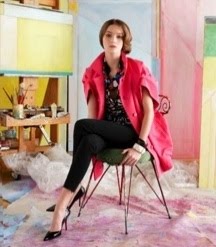
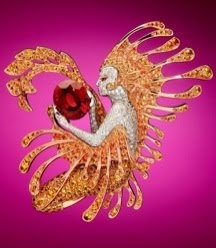






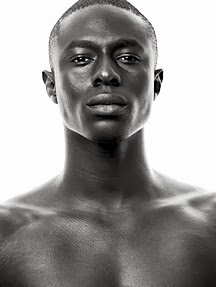










.jpg)

.jpg)

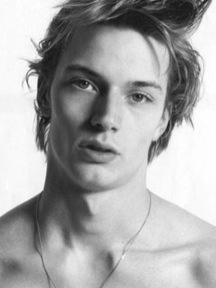.jpg)
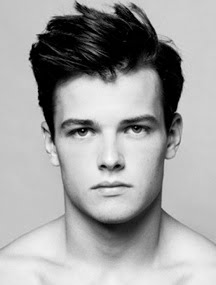
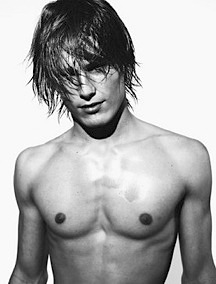
.jpg)




.jpg)
